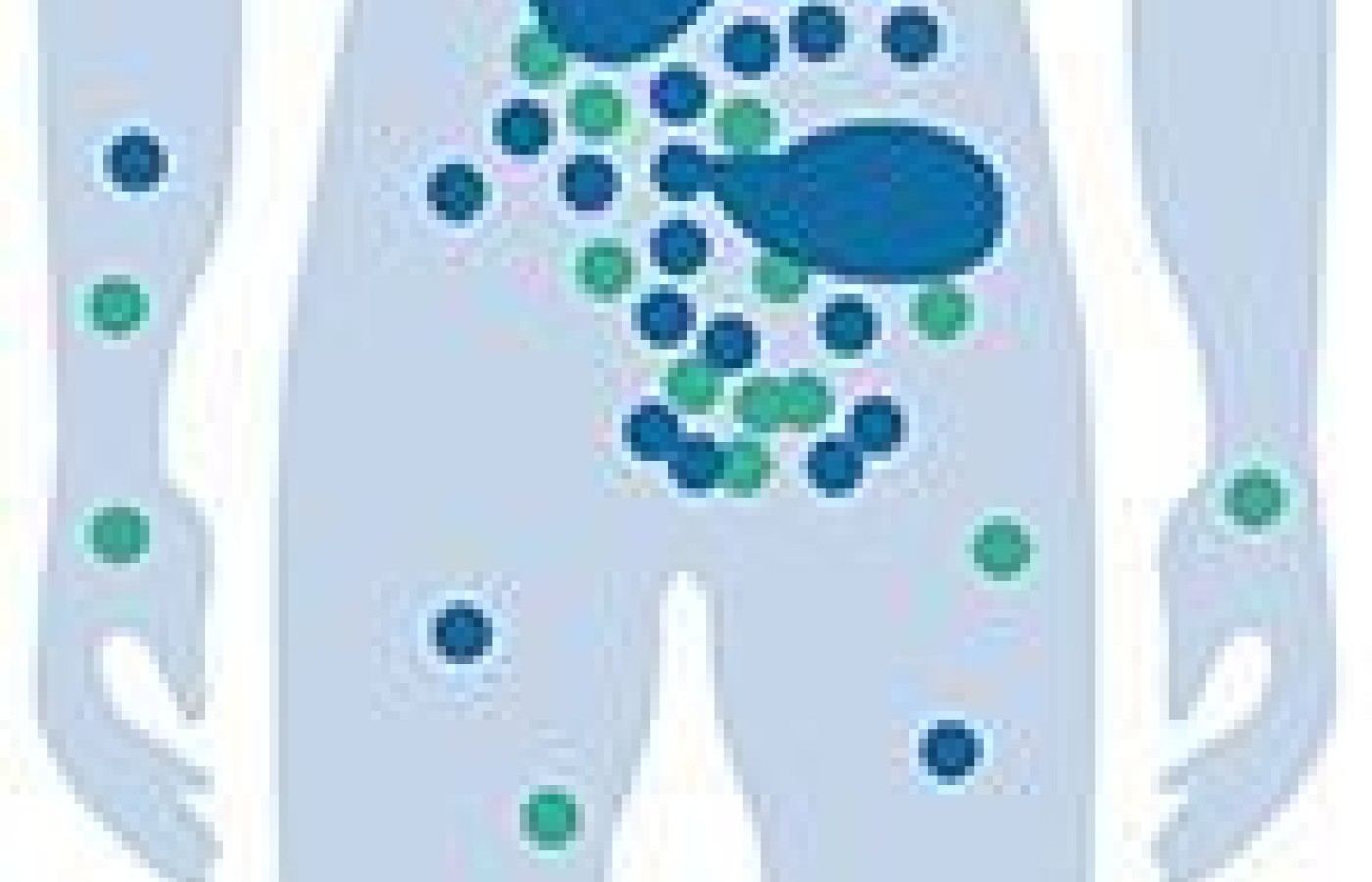One of the longest nerves in the body is known as the vagus nerve (VN). The VN is the 10th pair of cranial nerves that originates at the brain stem in the medulla oblongata. This nerve is part of the parasympathetic nervous system, which is a part of the ANS. Research suggests ear acupuncture can activate the VN.
A New Mechanism for Pain? Acupuncture and the Endocannabinoid System
Decades of research have looked into the exact mechanisms of how acupuncture effectively reduces chronic pain. Initial animal research discovered the release of endogenous opioids within the central nervous system following electroacupuncture. This release of the body's own opioids allows for greater activation of the top-down inhibition of pain. Other brain imaging research found acupuncture is able to modulate the activity in multiple structures of the brain that make up the pain network.
Now, yet another mechanism of action is under the microscope: the endocannabinoid system. New research is suggesting Pc 6 may be the "CBD" of acupuncture.
Understanding The Endocannabinoid System

With the increasing popularity of CBD products now available on the market and the legalization of THC compounds in many areas, an explosion of research has been published of late on the endocannabinoid system in the brain. Let's discuss a specific pathway in the top-down modulation of pain and inflammation involving the hypothalamus, the periaqueductal grey (PAG) in the midbrain, and the rostral ventral medulla (RVM) in the lower brainstem.
The brain produces its own endocannabinoids, with 2-Arachidonoylglycerol (2-AG) being one of them. The production of 2-AG depends upon a very special neuropeptide called orexin A. orexin A is released only by orexin neurons. These orexin-expressing neurons originate in the hypothalamus and project to many areas of the brain including the PAG and the RVM.
After orexin A signals the production of 2-AG, 2-AG is then able to bind to the cannabinoid 1 receptors (CB1R) that are found in the PAG. This results in modulation of activity in the RVM and engages the top-down inhibition of pain.
What Does This Have to Do With Acupuncture?
Electroacupuncture at Pc 6 (2 Hz mA for 20 minutes) was shown in animal research studies to activate orexin neurons in the hypothalamus and increase the release of orexin A in the PAG. This activated the production of 2-AG and increased activity of the endocannabinoid system that fires from the PAG to the RVM to the dorsal horn in the spinal cord. The end result is that pain is inhibited via a unique and independent pathway involving the endocannabinoid system.
In order to look at this pain-inhibiting mechanism independently of the endogenous opioid system, the researchers used a common antagonist of the opioid receptors. Naloxone is a compound that blocks the effects of beta-endorphins and has been commonly used in research on Li 4.
Li 4 causes a strong release of endogenous opioids to achieve an inhibitory effect on pain. However, when naloxone is introduced into the system and blocks the opiate receptors, the effects of Li 4 on pain inhibition are reduced.
The research on Pc 6 found that naloxone did not block its pain-inhibiting effects, because Pc 6 was acting through a different mechanism, the endocannabinoid mechanism, independent of endogenous opioids. The investigators took their research a step further and used an orexin antagonist, a compound that specifically blocks that activity of orexins at the PAG. When the activity of orexin A was blocked, the pain-inhibition actions of Pc 6 were also blocked.
While we have to interpret animal research with caution, this research mirrors the procedures and process of the decades of research that led to our understanding of the effects of acupuncture on the endogenous opiate system.
Relevance to Clinical Acupuncture Practice
Patients who have developed opiate dependence and opiate tolerance can benefit from the activation of an alternative mechanism of pain inhibition through the use of electroacupuncture at Pc 6. Pairing electroacupuncture at Li 4 and Pc 6 can activate both the endogenous opiate system and the endocannabinoid system for an even stronger central nervous system effect on treating chronic pain.
Resources
- Baggelaar MP, et al. 2-Arachidonoylglycerol: a signaling lipid with manifold actions in the brain. Prog Lipid Res, 2018;71:1-17.
- Chen YH, et al. Median nerve stimulation induces analgesia via orexin-initiated endocannabinoid disinhibition in the periaqueductal gray. Proc Natl Acad Sci, 2018;115(45):E10720-E10729.
- Wang SM, et al. Acupuncture analgesia: I. The scientific basis. Anesth Analg, 2008;106(2):602-610.



